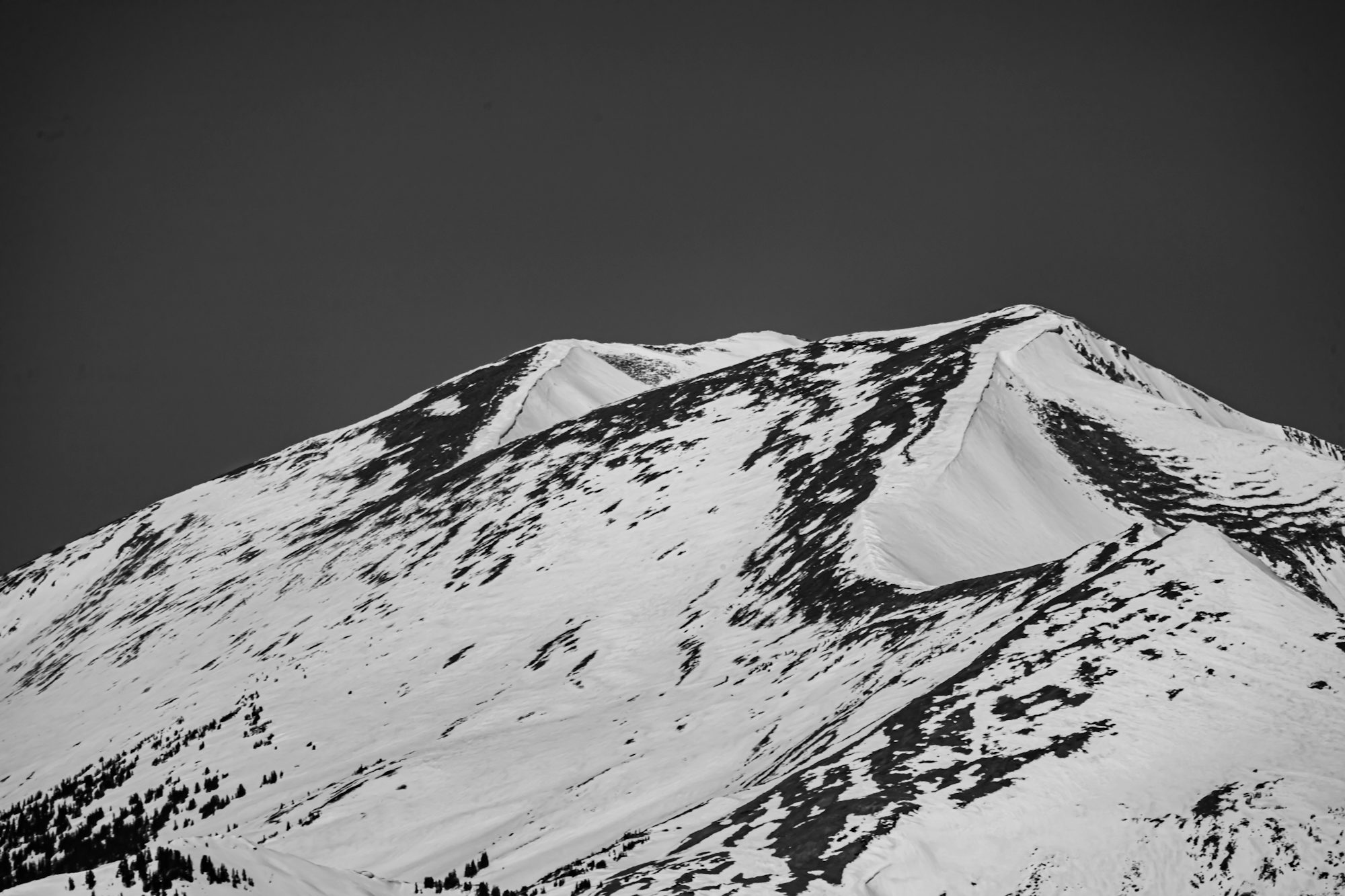Exploring the Thrill of Snowboarding: A Beginner's Guide
Dive into the exciting world of snowboarding with this comprehensive guide for beginners, covering techniques, gear, and tips for an unforgettable experience on the slopes. The Basics of Snowboarding
Before diving into techniques and gear, it's crucial to understand the fundamentals of snowboarding. Snowboarding involves descending snow-covered slopes while standing on a board attached to your feet with bindings. Riders shift their weight to maneuver, turn, and maintain balance. While it may seem simple, mastering the art of snowboarding takes practice and patience.
Choosing Your Stance: The first step in your snowboarding journey is determining your stance. Most riders either ride regular (left foot forward) or goofy (right foot forward). To find your natural stance, consider which foot you instinctively place forward when sliding on a slippery surface. You can also test this by having someone push you from behind and observing which foot you use to stabilize yourself.
Essential Gear for Snowboarding
Having the right equipment is vital for both performance and safety on the slopes. Here’s a rundown of the essential gear every snowboarder needs:
Snowboard: The type of snowboard you choose will depend on your riding style and skill level. All-mountain boards are versatile and great for beginners, while freestyle boards are designed for tricks and park riding. Take the time to research different types of boards and consult sizing charts to find one that suits your height and weight.
Bindings: Bindings connect your boots to the snowboard, so selecting the right ones is crucial. Strap-in bindings are the most common and allow for easy adjustments. Make sure to choose bindings that fit your boots snugly and provide adequate support.
Boots: Snowboard boots should fit snugly without being uncomfortable. Look for boots that match your riding style; soft boots offer flexibility, while stiffer boots provide support for aggressive riding. A good fit will enhance your control and comfort on the slopes.
Clothing: Layering is essential when dressing for snowboarding. Start with a moisture-wicking base layer to keep sweat away from your skin. Add an insulating layer for warmth, followed by a waterproof and breathable outer layer to protect against the elements. Don’t forget gloves or mittens, a helmet, and goggles to shield yourself from the cold and UV rays.
Learning Techniques: From Falling to Thriving
Once you're geared up, it's time to learn some essential techniques. Expect to fall—it's part of the learning process!
Getting Up: If you fall, don’t panic. To get back on your feet, roll onto your side and position your knees under your body. Push off the ground with your hands while keeping your weight centered to stand up.
Turning: To initiate a turn, shift your weight onto your toes (toe edge) or heels (heel edge). Start with wide, gentle turns before progressing to sharper ones. Focus on keeping your knees bent and your body centered over the board for better control.
Stopping: Learning how to stop is crucial for safety. To come to a stop, shift your weight onto your back foot and press down on the heel edge of the board. This technique will help you slow down and come to a complete stop safely.
Tips for a Successful First Day
To ensure your first day on the slopes is enjoyable, consider these tips:
Take a Lesson: If you're completely new to snowboarding, consider taking a lesson from a certified instructor. They can provide valuable guidance, helping you learn proper techniques and build confidence.
Start on Easy Terrain: Begin on gentle slopes designed for beginners. These areas typically have less traffic and will help you practice without feeling overwhelmed.
Stay Hydrated and Take Breaks: Snowboarding can be physically demanding, so drink plenty of water and take breaks to avoid fatigue. Listen to your body, and don’t hesitate to rest when needed.
Building Confidence and Skills
As you become more comfortable on your board, it’s time to challenge yourself and build confidence.
Practice Regularly: The more time you spend on your board, the more comfortable you will become. Aim to practice regularly, even if it’s just for a few hours at a time.
Set Goals: Setting achievable goals can motivate you to improve. Start with small milestones, such as mastering your turns or practicing jumps, and gradually progress to more complex techniques.
Ride with Friends: Snowboarding with friends can make the experience more enjoyable. They can offer support, share tips, and help motivate you to push your limits.
The Joy of Snowboarding
Snowboarding offers a unique blend of adrenaline, creativity, and connection with nature. As you progress, you’ll discover new ways to express yourself on the slopes, whether it’s through carving elegant turns, mastering jumps, or exploring untouched backcountry trails. Remember to savor every moment and appreciate the beauty of your surroundings.
Conclusion: Embrace Your Snowboarding Adventure
As a beginner, the journey into snowboarding may seem challenging, but with the right mindset, gear, and techniques, you’ll soon find joy in every ride. Embrace the learning process, celebrate your progress, and don’t forget to have fun. Snowboarding is not just about mastering skills; it’s about creating unforgettable memories and enjoying the thrill of the ride. Now, gear up and get ready for an adventure on the slopes—your snowboarding journey awaits!
